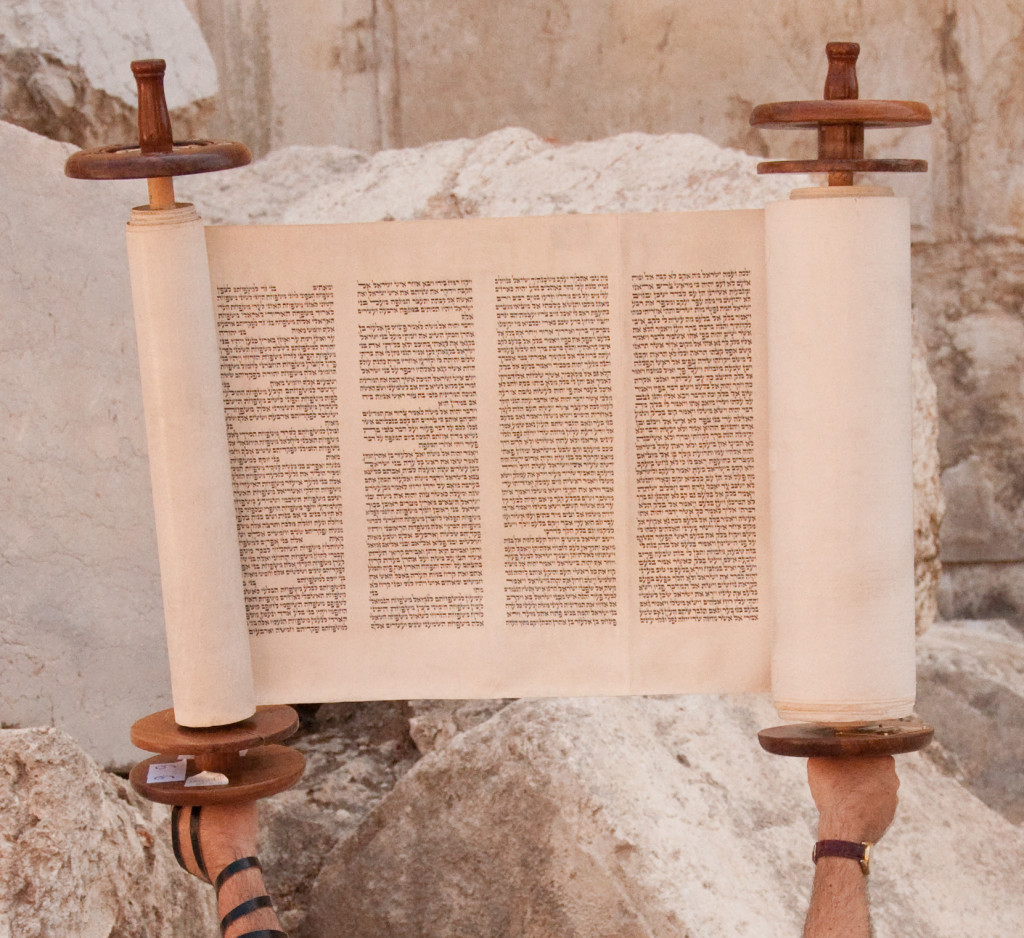Raising the Torah: Parashat Ki Tavo
Deuteronomy 26:1 – 29:8
The last of the list is an all-inclusive one. The curse reads: “’Cursed be the one who does not hold up all the words of this Torah, to fulfill them.’ And the entire people shall answer ‘Amen!’” (Deut. 27:26) Our Rabbis asked: “What can it mean to not hold up the Torah? Is there sucha thing as a fallen Torah?” They took the image – clearly meant as a spiritual and moral metaphor – literally. In a sense they were simply following the lesson of this dramatic ritual, which, itself, puts the concepts of blessing and curse into a concrete action.
But that assembly of Israel on facing mountains is not a continuous ritual to be observed over the generations. Is there a carryover of it for us, today? Nachmanides, the great medieval rabbinic sage, says that there is! He explains that this verse is the basis for our custom to “hold up high” the Torah scroll after we complete our public reading from it. This is called “hagbahah – lifting up.” We literally hold the words of the Torah aloft so that everyone in the room can see that the scroll is filled with words of Torah. Even today we feel a little surge of electricity as the Torah is hefted upward and spread out for us. At that moment we celebrate our mystical combination of seemingly childish literal-mindedness with our mature and considered commitment – to keep upholding the Torah so as to fulfill her words and values. And, in doing this literal/symbolic action, the Torah promises that we are vouchsafed a blessing.
Shabbat Shalom
Rabbi David Greenstein
![]()
Subscribe to Rabbi Greenstein’s weekly d’var Torah
image: “Rabbi Jay holds the Torah“ © Josh Evnin adapted and used with permission via Creative Commons License.

